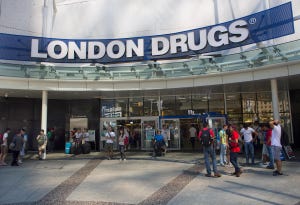A group of business women discussing something with people in the background
Vulnerabilities & Threats
CISO Corner: Verizon DBIR Lessons; Workplace Microaggression; Shadow APIsCISO Corner: Verizon DBIR Lessons; Workplace Microaggression; Shadow APIs
Our collection of the most relevant reporting and industry perspectives for those guiding cybersecurity strategies and focused on SecOps. Also included: a Tech Tip on setting up DMARC, a DNS mystery from Muddling Meerkat, and a cybersecurity checklist for M&A transitions.
Keep up with the latest cybersecurity threats, newly discovered vulnerabilities, data breach information, and emerging trends. Delivered daily or weekly right to your email inbox.































.jpg?width=100&auto=webp&quality=80&disable=upscale)






.png?width=100&auto=webp&quality=80&disable=upscale)












